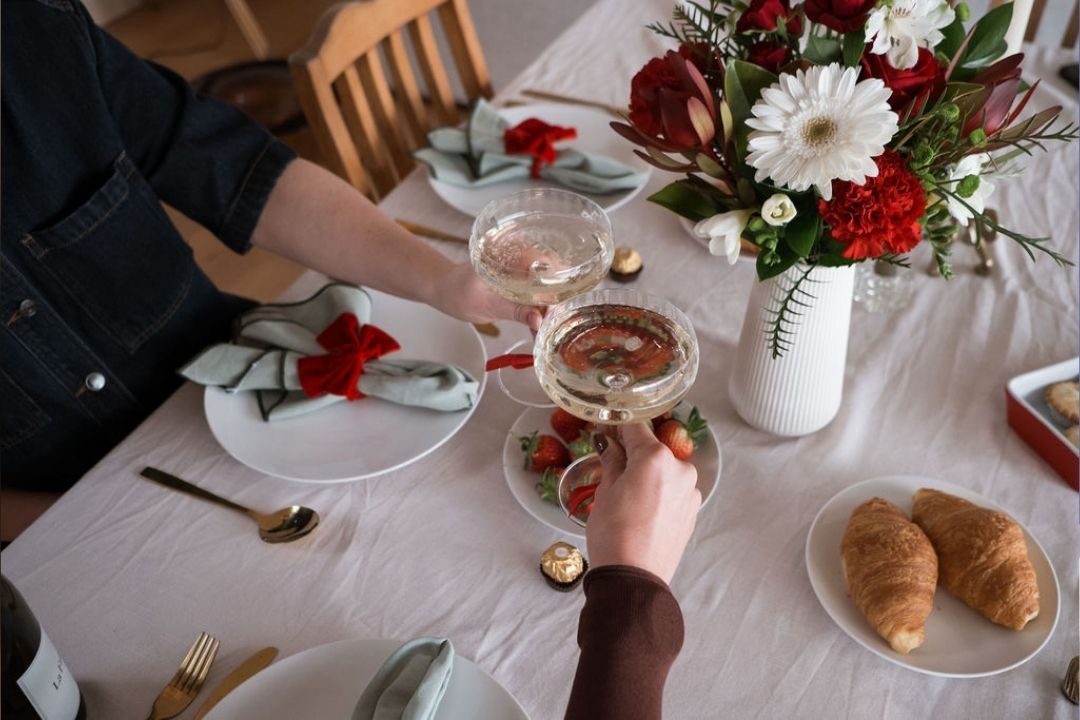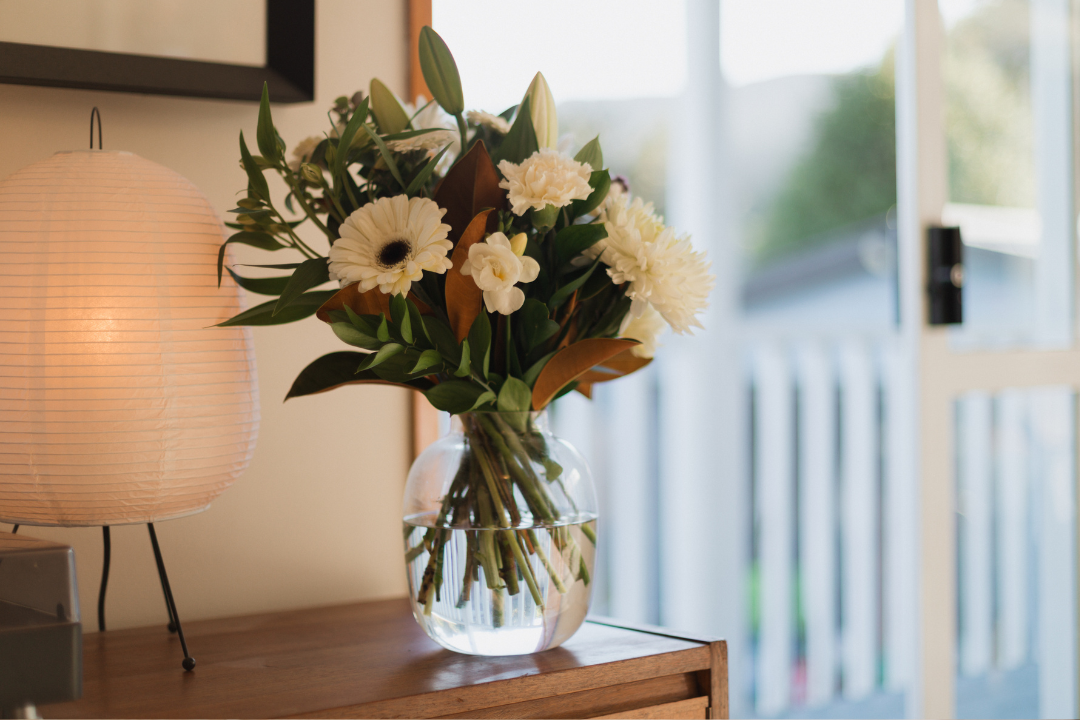-

Celebrate the Capricorn in Your Life
Capricorn season arrives with a sense of calm focus. Practical, loyal and quietly powerful, Capricorn brings grounding energy to the festive rush. This earth sign encourages us to simplify, be intentional and appreciate the moments that truly matter. It’s a beautiful time to honour your closest connections and send blooms that feel thoughtful, refined and…
Latest Posts
-

Celebrate the Capricorn in Your Life
Capricorn season arrives with a sense of calm focus. Practical, loyal…
BY
-

-

-

Hello Sagittarius Season
The sun shines in Sagittarius. Known as the zodiac’s explorer, storyteller…
BY
-

-

How Flowers Can Lift Your Mood: The Science Behind Bloom Therapy
Fresh flowers do more than brighten a room. They lift your…
BY



CATEGORIES
- About Interflora (6)
- Flower Care & Inspiration (18)
- Lifestyle & Trends (18)
- Occasions & Gifting (14)
- Seasonal News (17)



